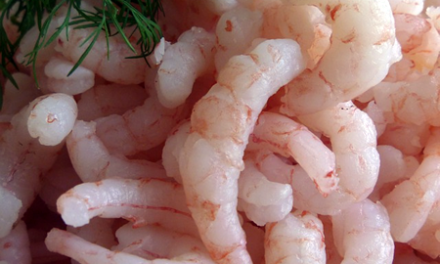Non-nutrative sweeteners not yet approved in the United States as of May 2002 include Alitame, Cyclamate, and Neotame. Here is some information about these three sweeteners:
Alitame
Description: Discovered by Pfizer, Inc., alitame (brand name Aclame TM) is a sweetener formed from the amino acids L-aspartic acid and D-alanine, and a novel amine.
Relative Sweetness: 2,000 times sweeter than sucrose.
Metabolism: The aspartic acid component is metabolized normally. The alanine amide passes through the body with minimal metabolic changes. Alitame is such an intense sweetener, its caloric contribution to the diet is insignificant.
Assets: Alitame has a clean, sweet taste and offers good stability at elevated temperatures and over a broad pH range. It is highly soluble in water and when combined with some other low-calorie sweeteners, it has a synergistic sweetening effect.
Limitations: Though alitame has excellent shelf life, prolonged storage in some standard acidic solutions at elevated temperatures may result in off-flavors.
Applications: Alitame has the potential to be used in almost all areas where sweeteners are presently used -- e.g., baked goods and baking mixes, hot and cold beverages, dry beverage mixes, milk products, frozen desserts and mixes, fruit preparations, chewing gums and candies, tabletop sweeteners, toiletries and pharmaceuticals.
Safety: Extensive animal and human studies have been conducted to support the safety of alitame. The petition for regulatory approval demonstrates its safety for human consumption.
Status: A petition for alitame's use in a broad range of foods and beverages has been filed in the U.S. Alitame is approved for use in a variety of food and beverage products in Australia, New Zealand, Mexico and the People�s Republic of China. Approval also is being sought worldwide.
Cyclamate
Description: Cyclamate is a non-caloric sweetener discovered in 1937. It has been used widely in low-calorie foods and beverages.
Relative Sweetness: 30 times sweeter than sucrose.
Metabolism: Most people do not metabolize cyclamate. A small portion of the population metabolizes some of the cyclamate they consume.
Assets: It is stable in heat and cold and has good shelf life. Its solubility in liquids enables use in beverages. When cyclamate is combined with other low-calorie sweeteners, they enhance each other so that the combinations are sweeter than the sum of the individual sweeteners.
Limitations: It has the least "sweetening power" of the commercially acceptable intense sweeteners.
Applications: Cyclamate has been widely used as a tabletop sweetener, in sugar-free beverages and other low-calorie foods, particularly in combination with saccharin. It also can be used in baked goods.
Safety: Cyclamate was banned in the United States in 1970. Currently there is a petition before the Food and Drug Administration (FDA) to reapprove cyclamate in the U.S.
Status: FDA's Cancer Assessment Committee (CAC) reviewed the scientific evidence and reached the following conclusion in 1984: "[T]he collective weight of the many experiments... indicates that cyclamate is not carcinogenic." In June 1985, the National Academy of Sciences (NAS) reaffirmed the CAC's conclusion noting, "the totality of the evidence from studies in animals does not indicate that cyclamate or its major metabolite cyclohexylamine is carcinogenic by itself."
Cyclamate is approved for use in more than 50 countries worldwide.
Neotame
Description: Neotame is a no-calorie sweetener, composed of two elements of protein: the amino acids L-aspartic acid and L-phenylalanine combined with two organic functional groups: one known as a methyl ester group and the other as a neohexyl group. These components are joined together to form a uniquely sweet ingredient.
Relative Sweetness: Neotame is sweeter than other no-calorie sweeteners and is approximately 30 times sweeter than aspartame. Neotame will deliver comparable sweetness to sucrose in various applications.
Metabolism: Quickly metabolized and fully eliminated by the body via normal biological processes.
Assets: Neotame has a clean, sweet taste like sucrose and unique flavor enhancement properties compared to other sweeteners. At projected trace levels of use, neotame will provide a full, sweet taste in foods and beverages. It can be used in both cooking and baking applications and will offer comparable, and potentially improved, stability over aspartame in beverages.
Limitations: None are identified by the manufacturer. Neotame is not yet commercially available.
Applications: Has applicability in any category of food and beverage, including but not limited to, tabletop sweeteners, chewing gum, carbonated soft drinks, refrigerated and non-refrigerated ready-to-drink beverages, frozen desserts and novelties, puddings and fillings, yogurt-type products, baked goods and candies.
Safety: Extensive research has been conducted on neotame to establish its safety as a sweetening ingredient. This information is currently being reviewed by the Food and Drug Administration.
Status: A petition has been filed with FDA to approve the use of neotame as a general purpose sweetener. A petition to approve neotame for use as a tabletop sweetener was submitted to FDA in December 1997.
0
CCC





